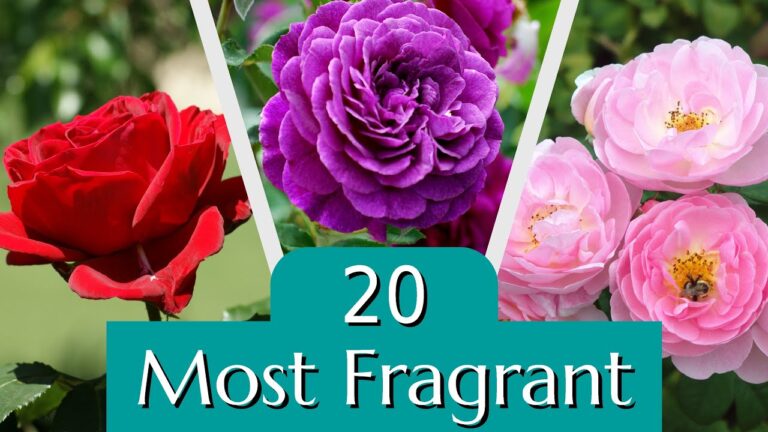Roses are one of the most cherished additions to any garden, but they often attract pests that leave gardeners puzzled and frustrated. Jason from Fraser Valley Rose Farm frequently receives the question, “What’s eating my roses?” In this article, he shares insights into diagnosing and managing a variety of pests, particularly those common in northern temperate climates. While pests may vary by region, understanding the signs of damage can help gardeners everywhere protect their beloved plants.
Broad-Scale Damage: Large Animals as Culprits
If the tops of your roses appear completely chewed off, deer are likely the culprits. In climates like Jason’s, deer are a common problem. On the other hand, if the damage is closer to the base of the plant, rabbits might be responsible. Both types of damage require preventative measures, such as fencing or repellents, to safeguard your garden.
Leaf Damage: Identifying Common Culprits
Leaf damage is a frequent complaint among rose growers. Diagnosing the cause starts with observing the pattern of the damage.
- Leaf-Cutter Bees: This damage is easy to identify, characterized by neat, rounded notches at the edges of leaves. These solitary bees are harmless to the overall health of your roses and should be left alone, as they play a crucial role in pollination.
- Rose Slug Sawfly: This pest often starts by scraping the undersides of leaves, leaving translucent patches. As the larvae grow, they chew larger holes, which can lead to significant defoliation if left unchecked. Jason highlights the importance of looking for frass (insect droppings) on the leaves as a telltale sign. Managing sawflies is straightforward with insecticidal soap, but Jason emphasizes the value of companion planting to encourage natural predators.
- Snails and Slugs: These pests leave irregular holes and often target lower leaves. Their damage is distinctive, with no frass or scraping patterns. Hand-picking and using barriers like crushed eggshells can help control their population.
Flower Damage: The Budworm Problem
While less common in Jason’s area, budworms can wreak havoc on rosebuds and flowers, hollowing them out from the inside. These caterpillars are best managed with Bacillus thuringiensis var. kurstaki (BTK), a natural treatment specifically targeted at caterpillars.
The Role of Biodiversity in Pest Control
Jason emphasizes that a biodiverse garden is one of the best defenses against pest outbreaks. By interplanting roses with companion plants from different families—such as daisies, mustards, or flowering ornamentals—you can attract a variety of beneficial insects that prey on pests like sawflies and aphids. Over time, this natural balance reduces the need for interventions, fostering a healthier garden ecosystem.
Adapting to Regional Differences
While this article focuses on pests common in northern temperate climates, gardeners in warmer or drier regions may encounter different challenges, such as spider mites or thrips. Researching the pests prevalent in your area and understanding their life cycles can help you implement targeted solutions. Local extension offices or gardening groups can also be valuable resources.
A Gentle Approach to Pest Management
Throughout the article, Jason advocates for minimal intervention when managing pests. Instead of reaching for harsh chemicals, he recommends low-impact solutions like insecticidal soaps or even manual removal. Protecting beneficial insects is crucial, as they play a significant role in keeping pest populations in check.
Conclusion: Observing and Managing Rose Pests
By carefully observing the damage on your roses and understanding the behavior of common pests, you can take targeted action to protect your plants. From deer and rabbits to sawflies and budworms, each pest leaves unique signs that can guide your response. And by fostering biodiversity and using gentle control methods, you’ll not only manage pests effectively but also create a thriving, balanced garden ecosystem.






